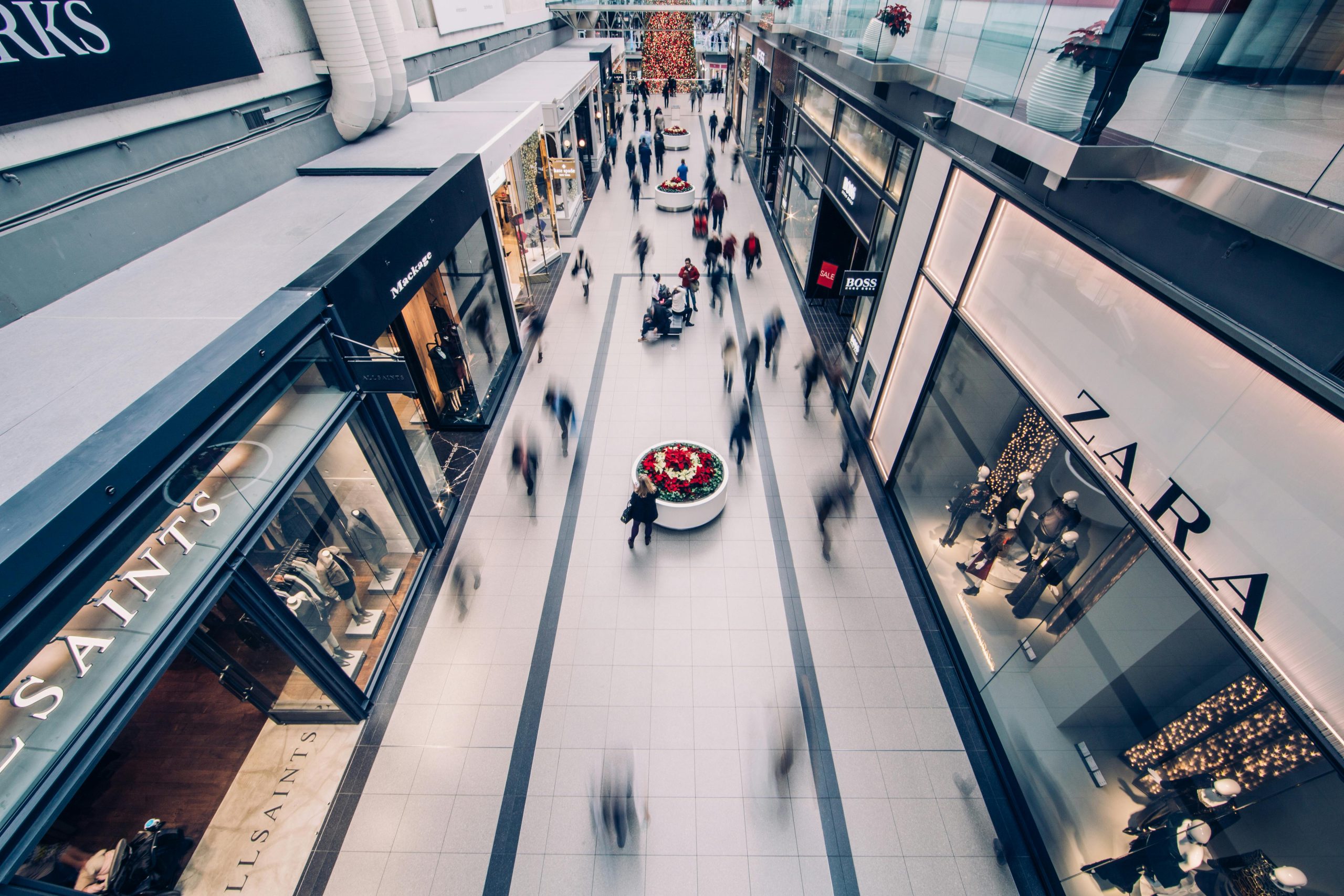The sprawling indoor shopping mall, once the epicenter of American suburban life and retail activity, has faced significant challenges in recent decades. Declining foot traffic, the rise of e-commerce, and shifts in consumer preferences have led to vacancies and, in some cases, the closure of entire malls. Rather than letting these vast structures sit empty, developers and communities are increasingly embracing a transformative trend: converting malls into small apartment living, often as part of larger mixed-use developments. Why is living at the mall becoming a reality? Several key factors are driving this evolution.

Image Source: Pexels
The Decline of Traditional Retail Anchors and Mall Viability
The struggles of large department store chains (like Sears, JCPenney, Macy’s), which traditionally served as mall anchors drawing significant foot traffic, have been a major blow. As these anchors close, it creates large vacancies and often triggers clauses allowing smaller tenants to break leases, accelerating the mall’s decline. E-commerce giants like Amazon have also fundamentally changed shopping habits, offering convenience and selection that malls struggle to match for many product categories. This leaves mall owners with large, underperforming assets needing repurposing.
The Growing Demand for Housing (Especially Walkable, Mixed-Use)
Simultaneously, many regions across the U.S. face significant housing shortages and affordability crises. Converting underutilized mall properties, often located in accessible suburban or even urban-adjacent areas, offers a way to add housing stock without needing entirely new land development. Furthermore, consumer preferences, particularly among younger generations (Millennials and Gen Z), are shifting towards more walkable, convenient lifestyles. They desire communities where they can live, work, shop, dine, and be entertained within proximity, reducing reliance on cars. Mall sites are often well-positioned to be redeveloped into these integrated “live-work-play” environments.
Adaptive Reuse: Sustainability and Infrastructure Advantages
Repurposing existing mall structures is often more sustainable than demolishing them and building new residential complexes from scratch. Adaptive reuse minimizes construction waste and preserves some of the embodied energy in the original building materials. Additionally, mall sites typically already possess significant infrastructure advantages:
- Large Land Parcels: These offer ample space for diverse uses.
- Existing Utilities: Water, sewer, and power infrastructure is often already in place.
- Parking Structures: Can be repurposed or utilized for residents and visitors.
- Accessibility: Often located near major roads or transit routes. Leveraging this existing footprint makes redevelopment potentially faster and more cost-effective than starting anew.
Creating Built-In Foot Traffic and Amenities for Residents
Integrating residential units directly into a redeveloped mall site creates a captive audience for the remaining or newly introduced retail, dining, and entertainment tenants. Residents living on-site naturally generate foot traffic, supporting the commercial aspects of the mixed-use development. For residents, the appeal lies in unparalleled convenience – having shops, restaurants, gyms, co-working spaces, movie theaters, or grocery stores literally downstairs or a short walk away. Examples like The Arcade in Providence, RI (America’s oldest mall, converted upper floors to micro-apartments) highlight this hyper-convenient lifestyle.
Economic Revitalization and Diversification for Communities
Converting a failing or vacant mall can be a powerful tool for local economic revitalization. It transforms a blighted property into a vibrant community hub, generating new property tax revenue, creating construction and service jobs, and attracting new residents and businesses. Diversifying the use beyond pure retail makes the property more resilient to economic fluctuations. Projects like the $2 billion redevelopment of Paradise Valley Mall in Phoenix into a mixed-use district (PV) showcase the scale of investment and ambition in reimagining these spaces.
Zoning Changes and Public-Private Partnerships
Realizing these complex conversions often requires updated zoning regulations that allow for residential and mixed-use development on commercially zoned land. Local governments are increasingly willing to make these changes to address housing needs and combat mall vacancy issues. Public-private partnerships may also play a role, with municipalities sometimes offering incentives or collaborating with developers to facilitate these large-scale redevelopment projects that benefit the wider community.
A New Chapter for the American Mall
The transformation of struggling shopping malls into residential and mixed-use communities represents a significant shift in suburban and urban planning. Driven by the decline of traditional retail, pressing housing needs, changing lifestyle preferences, and the benefits of adaptive reuse, this trend offers a viable path forward for underutilized properties. By integrating living spaces with commercial and recreational amenities, these redevelopments aim to create more sustainable, convenient, and vibrant community hubs, writing a new chapter for sites once solely dedicated to shopping. Living at the mall, once a teenage dream, is becoming a practical reality for many.
Read More
Bulk Buying for a Small Apartment
5 Benefits of Living Alone Makes Grocery Shopping Easier and Cheaper


